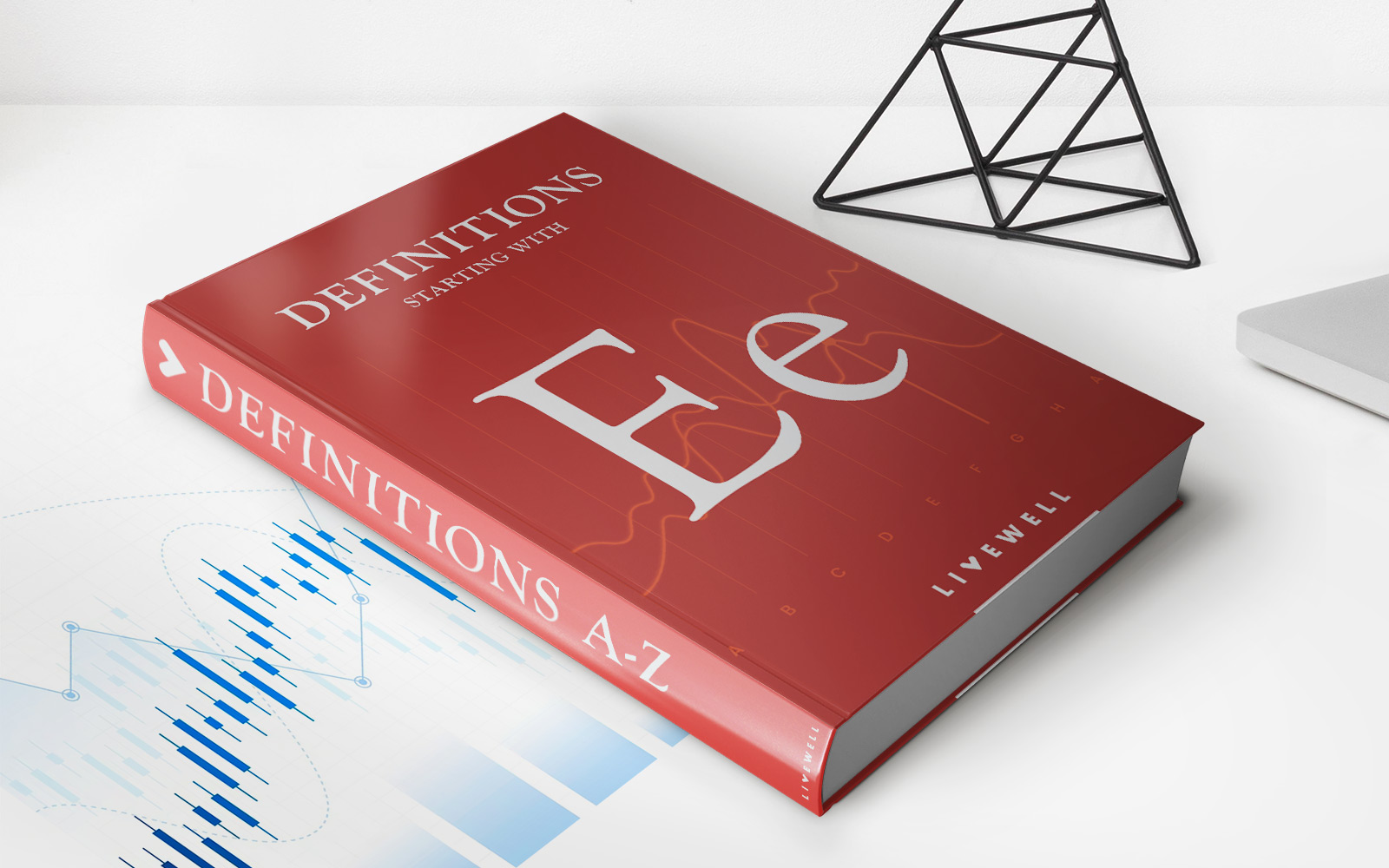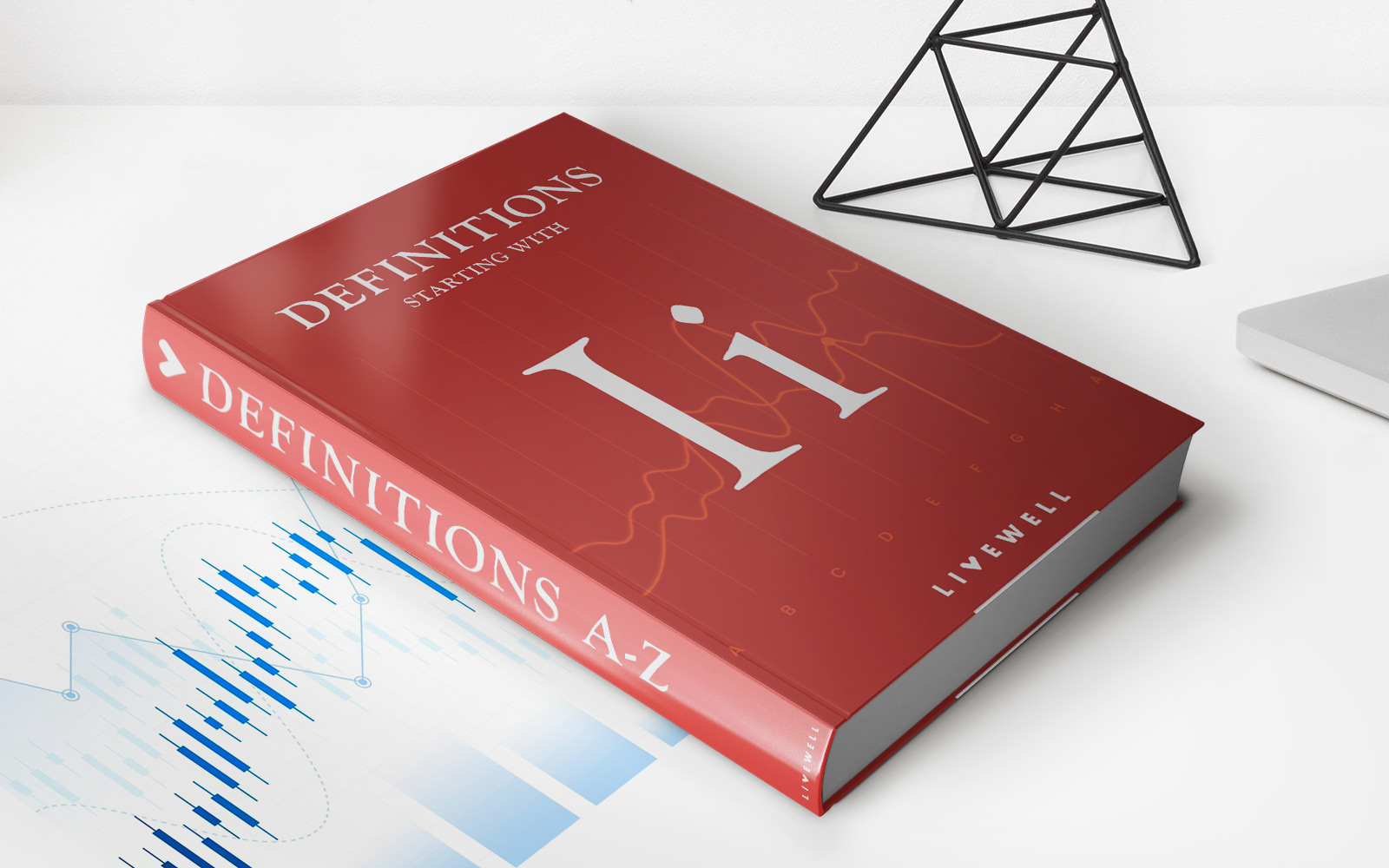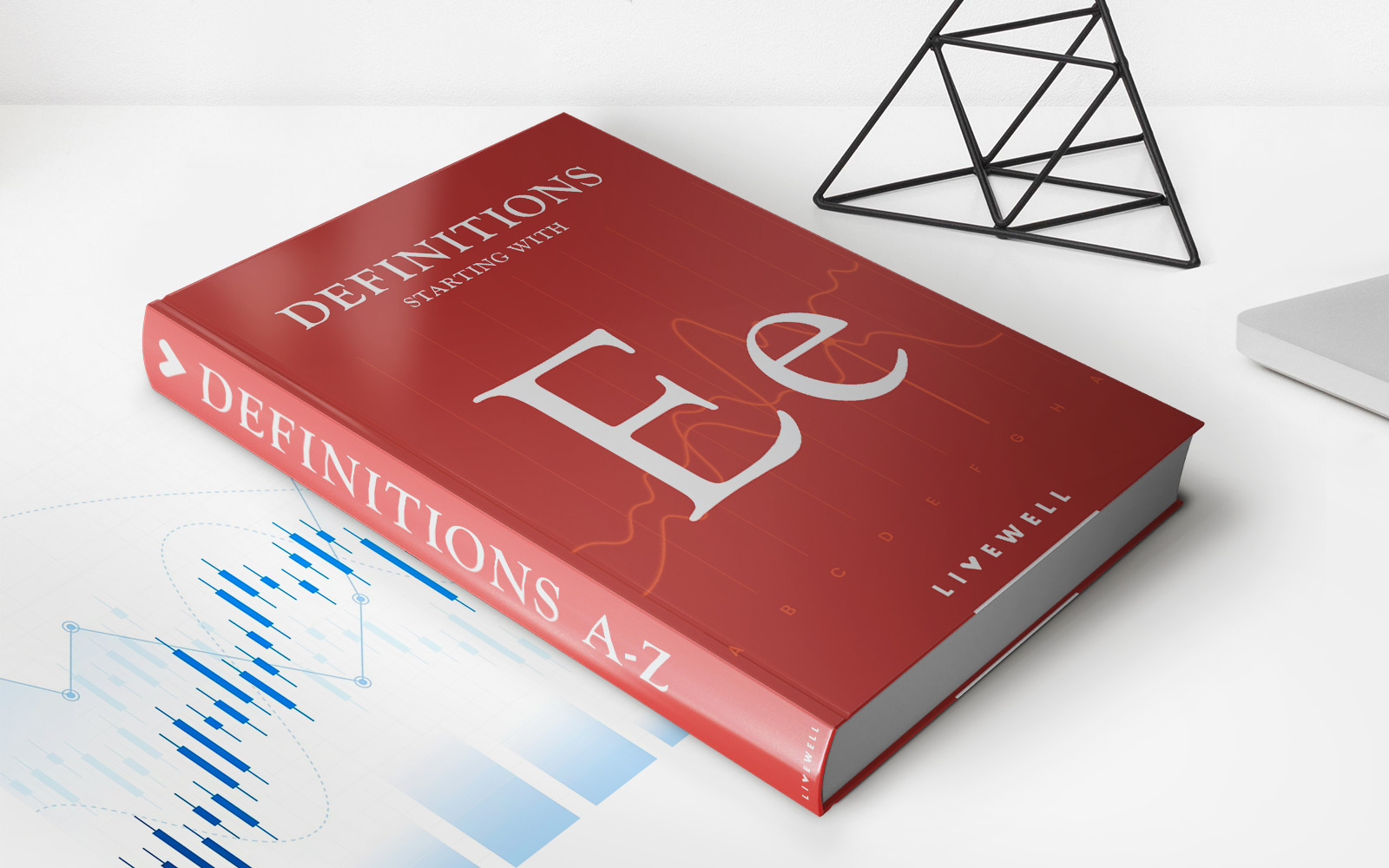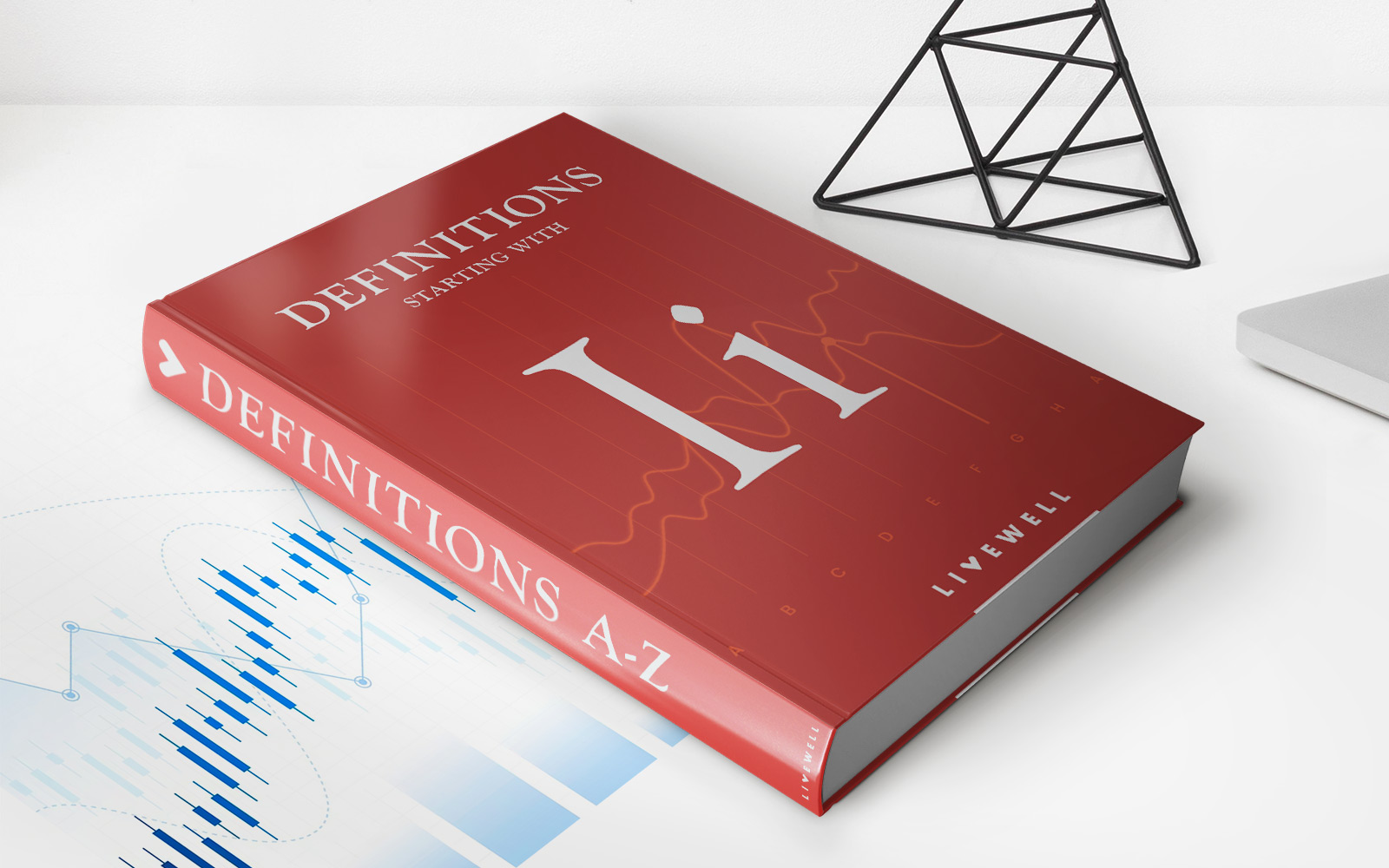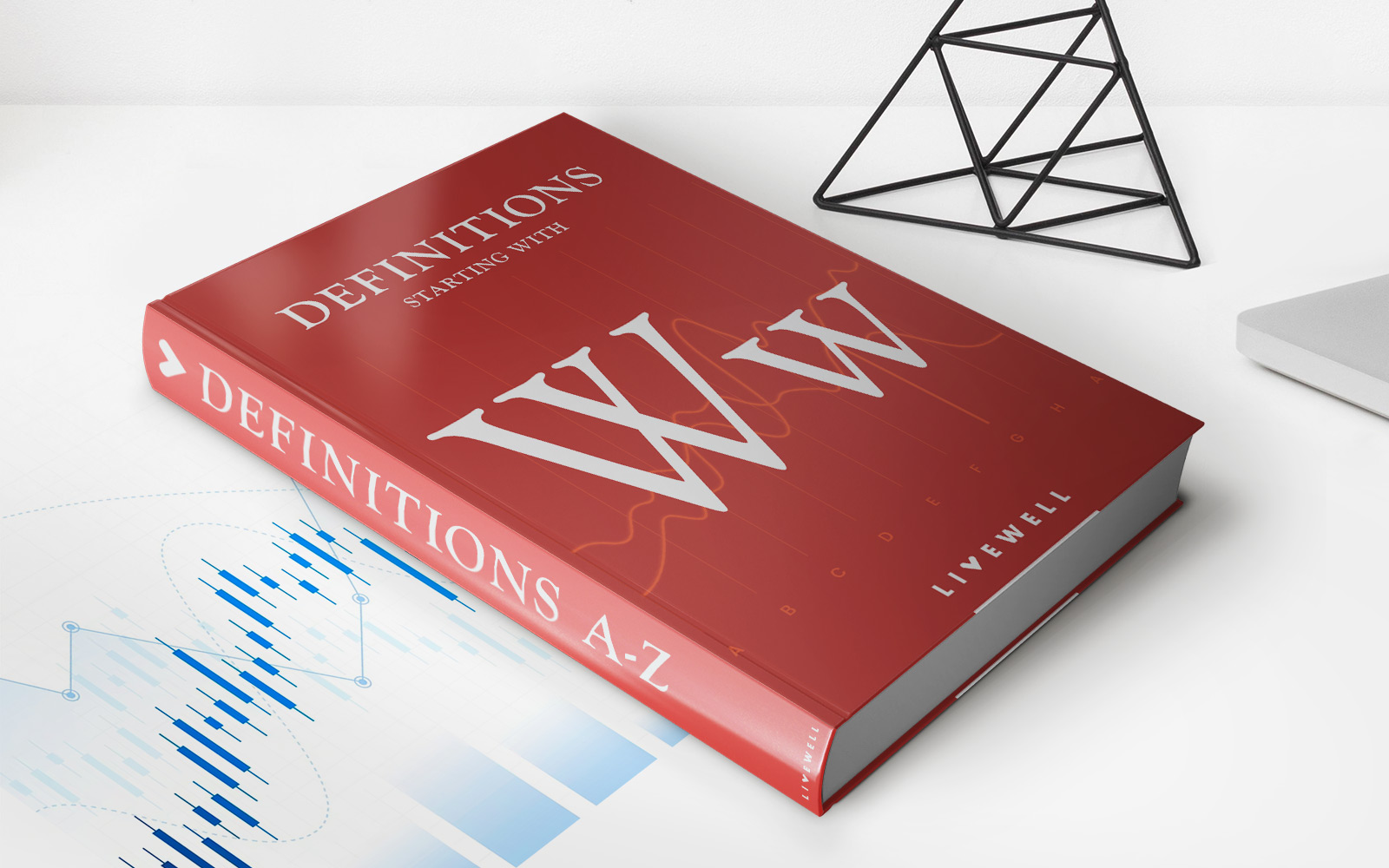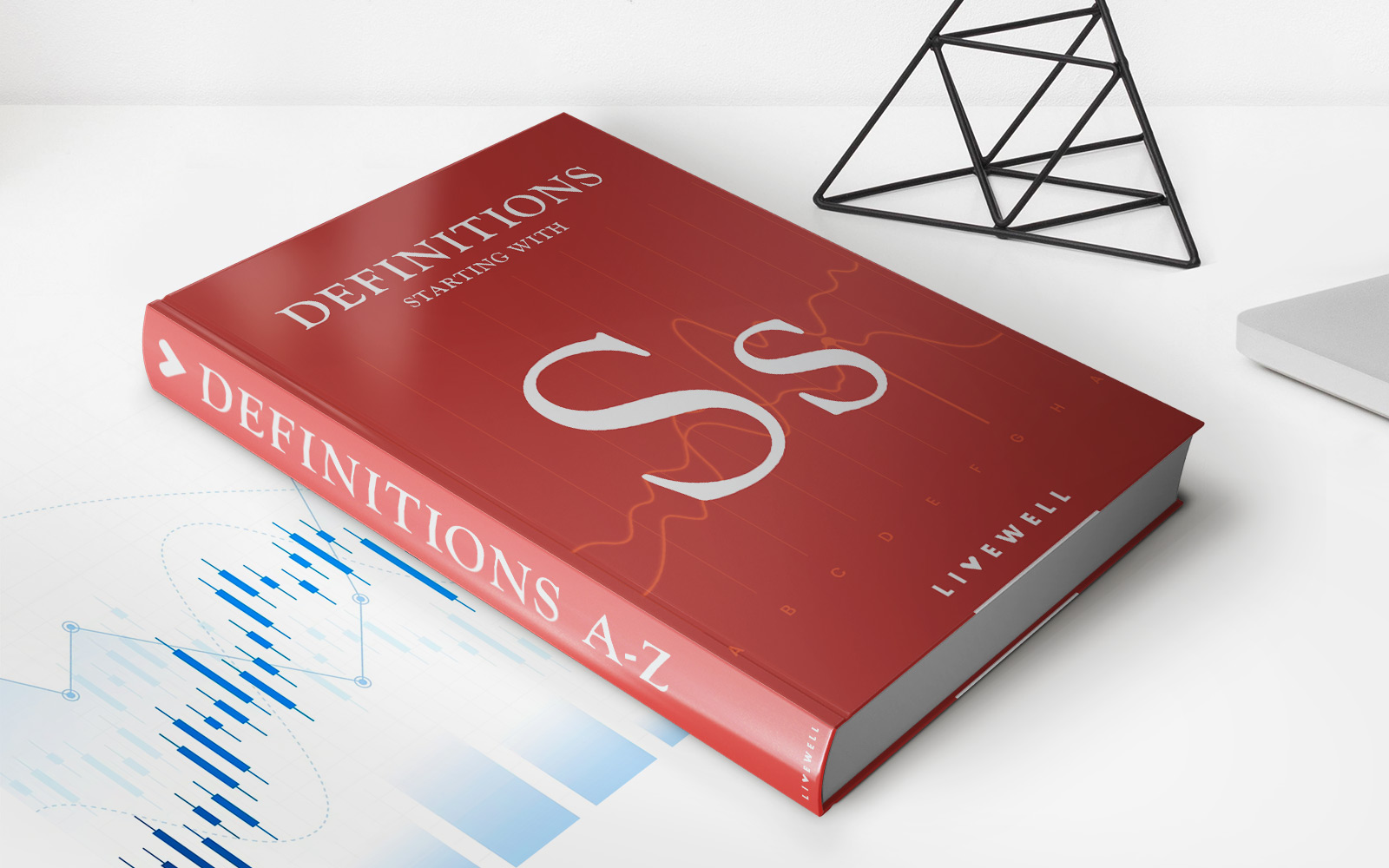Home>Finance>International Fisher Effect (IFE): Definition, Example, Formula


Finance
International Fisher Effect (IFE): Definition, Example, Formula
Published: December 11, 2023
Learn about the International Fisher Effect (IFE) in finance. Understand its definition, see an example, and discover the formula.
(Many of the links in this article redirect to a specific reviewed product. Your purchase of these products through affiliate links helps to generate commission for LiveWell, at no extra cost. Learn more)
The International Fisher Effect (IFE): Definition, Example, Formula
Are you curious about the International Fisher Effect (IFE) and its importance in the world of finance? Look no further! In this blog post, we will explain what the IFE is, provide an example to help you understand its application, and share the formula used to calculate it. Whether you are a finance professional or simply interested in learning more about this essential concept, we’ve got you covered.
Key Takeaways:
- The International Fisher Effect (IFE) is a theory in international finance that links inflation rates and interest rates to changes in exchange rates.
- The IFE suggests that countries with higher inflation rates will experience greater depreciation in their currency, while countries with lower inflation rates will see their currency appreciate.
What is the International Fisher Effect (IFE)?
The International Fisher Effect (IFE) is a concept that explains the relationship between inflation rates, interest rates, and changes in exchange rates between two countries. It is based on the idea that interest rates and inflation levels influence investors’ expectations regarding future exchange rates.
The IFE suggests that if a country has higher inflation rates compared to another country, its currency will depreciate relative to the other country’s currency. This means that the purchasing power of the currency will decrease and it will take more of that currency to buy goods or services. On the other hand, if a country has lower inflation rates, its currency will appreciate, making it stronger relative to other currencies.
Example of the International Fisher Effect
Let’s consider an example to better understand how the International Fisher Effect works. Suppose Country A has an inflation rate of 5% and Country B has an inflation rate of 2%. Additionally, the interest rates in both countries are 4%. According to the IFE, the currency of Country A should depreciate relative to the currency of Country B.
This means that if the exchange rate between Country A and B was 1:1 at the beginning of the year, it would change due to the different inflation rates. Let’s say by the end of the year, the exchange rate becomes 1:1.05, indicating a 5% depreciation of Country A’s currency relative to Country B’s currency.
The Formula of the International Fisher Effect
The formula to calculate the International Fisher Effect (IFE) is as follows:
Exchange Rate Percentage Change = Inflation Rate of Country B – Inflation Rate of Country A
In the example above, the exchange rate percentage change would be calculated as:
Exchange Rate Percentage Change = 2% – 5% = -3%
This negative value suggests a depreciation of Country A’s currency relative to Country B’s currency.
In conclusion
The International Fisher Effect (IFE) is an essential concept in international finance. It helps explain the relationship between inflation rates, interest rates, and changes in exchange rates between countries. By understanding the IFE, investors and financial professionals can better anticipate currency movements and make informed decisions.
Remember, higher inflation rates are often associated with depreciating currencies, while lower inflation rates can lead to currency appreciation. So, keep an eye on inflation rates and their potential impact on exchange rates in the ever-changing world of finance.
